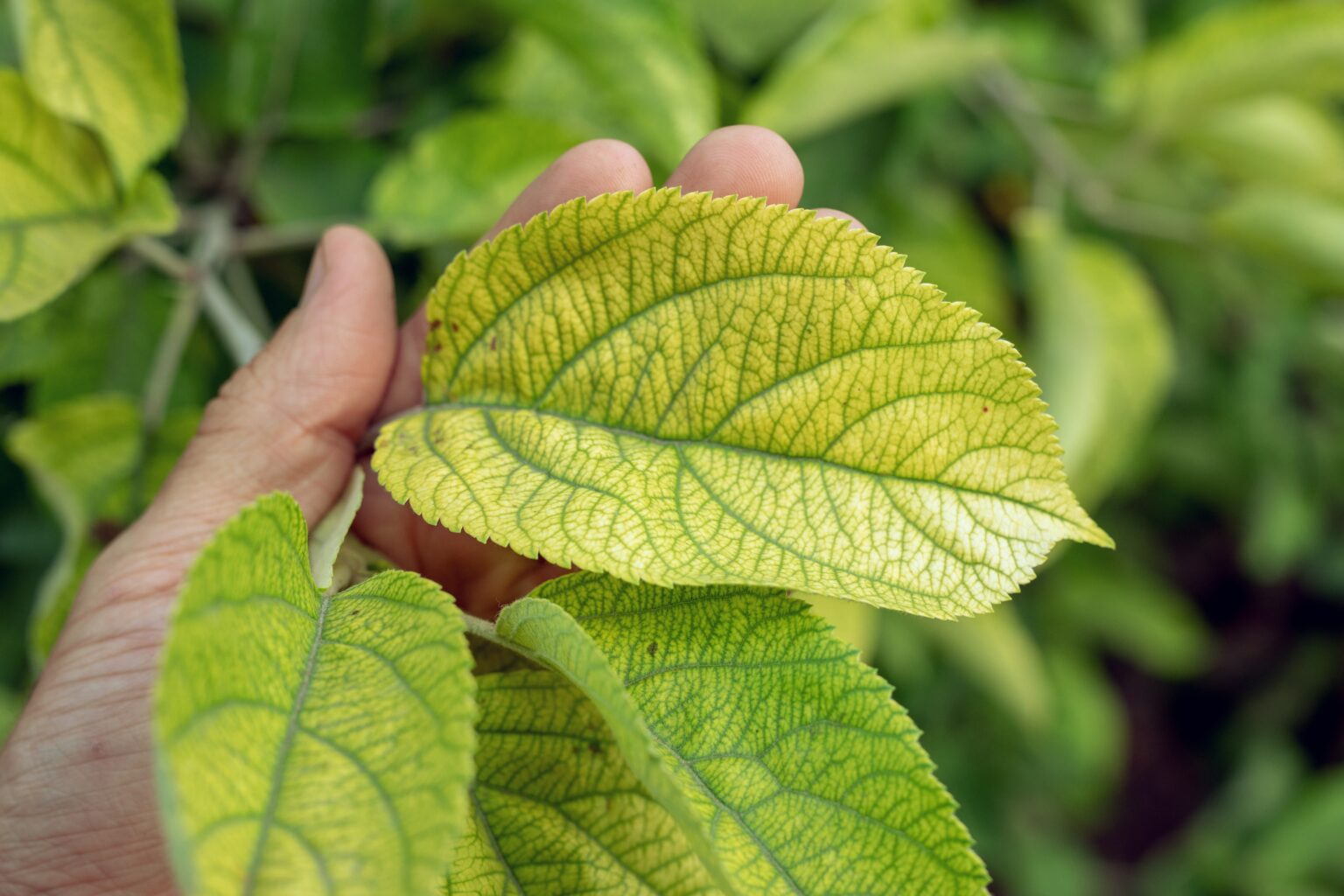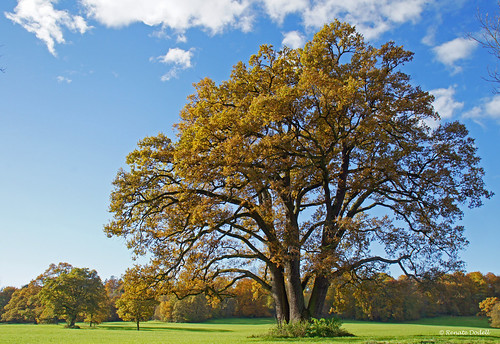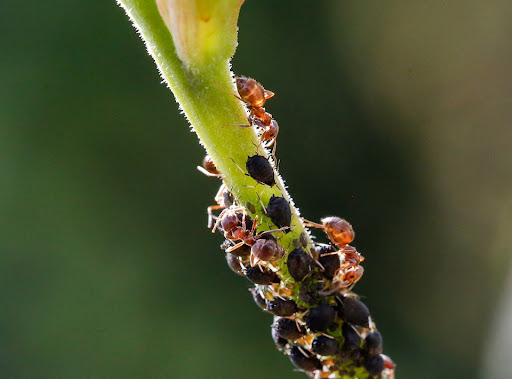
Date August 16, 2019
Category
As you know, water is the essence of life. Too much water or not enough of it isn’t good for humans or trees. When you overwater or underwater your trees, it’s harming them.
Why Does It Matter If Your North Texas Trees Aren’t Getting the Right Amount of Water?
The trees in Flower Mound, Highland Village, Argyle, and Denton are sustainable. They can handle many environmental stressors. However, you can tell when your trees become distressed or start to die due to these stressors.
Your trees will start to decline—visibly— if they’re getting too much water or have drought stress due to a lack of water.
Trees are a huge investment for homeowners and property managers, and HOA’s alike. Plus, healthy trees provide a lot of benefits, such as:
- Shade
- Reducing backyard and home temperatures
- Providing habitat for birds, animals, and insects
- Your property value increases with trees
- Reducing pollution.
You want to take care of your tree investment by making sure they are on a good tree maintenance program and get enough water, so its roots grow deep into the ground. You also want to protect your trees by giving them the proper amount of water they need to survive and thrive in Texas.
How to Know if Your Denton County Trees Are Over Watered
You can tell if your tree is getting too much water. Look at the trunk base to see if the water is pooling around your tree’s root collar.
Your trees can’t absorb oxygen if their root zone is saturated. If your trees are overwatered, they’ll show the following stress signals:
- Leaves are turning yellow
- Leaves looking scorched
- Stems and leaves displaying water-soaked blisters
- Ponding water or a sour odor coming from the base of the tree
- The tree’s sprouts (growths coming from the base of the tree) looking wilted or yellowed
- Mushrooms and algae are growing around the root zone and trunk.
Read more: Don’t let your landscaper volcano-mulch your trees!
You can also dig in the soil around the tree’s root zone. The root zone extends from the trunk to the edge of the tree’s canopy. There are two other ways to see if your trees are waterlogged:
- The screwdriver test where you drive a screwdriver deep into the ground around the root zone (make sure you’re not going into any roots). If the screwdriver comes up muddy, then there’s too much water.
- Conversely, you can do a soil test. Dig 6″ – 8″ into the root zone with a shovel or a spade. Get enough dirt to form into a ball. There is too much water if the ball is dripping with water.
What Causes Over Watering?
You may not know what causes you to overwater your trees. Here are some possibilities:
- You have heavy soil that won’t let water percolate down deep into the ground.
- Whoever planted your trees did a poor job of designing where the trees should go in your landscape to grow healthy.
- You’re watering your trees every day. Trees, like lawns, only need deep, infrequent watering.
- You don’t have a timer or a moisture sensor that turns off your drip irrigation, soaker hoses, or tree bubblers automatically.
How to Stop Over Watering Your Trees
Here are some simple steps you can take to stop overwatering your trees:
- Turn off the water, so you stop the deluge.
- Let the water disperse for a week or two.
- Know which trees require more moisture and which ones want well-drained soil. For example, bald cypress and river birch don’t mind poorly drained soil. However, white oak and Japanese maples don’t do well in water-soaked soil.
- Talk to your arborist about getting on a tree-watering schedule that’s infrequent, but deeply waters your trees.
- If ponding still exists or you tested the soil again, call your Highland Village tree service right away.
How to Know if Your Trees Are Under Watered
Your trees will show signs of distress due to a lack of water. Since Texas summers tend to be hot and dry, trees in cities like Southlake, Westlake and Grapevine, will show signs of needing a drink.
Here are some signs of drought stress:
- Leaves are prematurely turning brown and dropping well before the fall season.
- Test the soil with a screwdriver. If you have a hard time bringing the tool back up or it comes out dry, your trees aren’t getting enough water.
- Conversely, you can dig out the dirt around the root collar. If you can’t form a ball and the soil crumbles away, your tree needs moisture fast.
- If you don’t use drip irrigation or tree bubblers to water your trees on a timer, you probably have drought-stressed trees.
Learn more: What is Oak Leaf Blister?
Solving Your Under Watering Problem
Just like an overwatered tree, an under-watered tree will start showing signs of stress. So, you need to move toward bringing your tree back to life.
Here are some ways to help your trees:
- Invest in drip irrigation or tree bubblers that include weather or moisture sensors as well as a timer.
- If you don’t have a sprinkler system, invest in some soaker hoses and put them down around the root collar.
- Start watering your trees. If you don’t have a soaker hose or a tree bubbler, grab five 5-gallon buckets, drill some holes in them, place them around the root collar and fill them with water.
- Learn about which trees like wet feet and which ones require water drainage.
- Call your Denton County arborist to inspect your trees.
How Our Certified Arborists Help Your Trees Recover from Under or Over Watering
When your trees are under or over watered for an extended time, they need a TreeNewal certified arborist to make watering recommendations to help them recover from the stress.
At TreeNewal, we’ll inspect your trees and customize a nutrition plan to bring your trees back to life. If water isn’t draining correctly, it could be due to soil compaction.
If that’s the case, then we’ll perform our root aeration service to loosen up the soil so it can absorb oxygen and allow the water to percolate deep into the ground.
Typically when a tree is distressed, it stops producing root hairs. We also use our MitoGrow™ Pellet 3-1A. This pellet is a sustained-release rooting hormone, which means it slowly releases IBA (Indole-3-butyric acid) directly into the soil surrounding your tree’s root zone. MitoGrow™ Pellet 3-1A helps produce root hairs so that the tree can get more water and nutrients.
If you think your Denton & Tarrant County trees got too much water or not enough this summer, call us at TreeNewal today at tel:(817) 592-6846 or fill out our contact form. Someone from our office will be in touch shortly.
TreeNewal services the following counties in the Dallas/Fort Worth Metroplex: Collin, Dallas, Denton, Ellis, Parker, Tarrant, and Wise.
Sources:
Botts, Beth, “Too Much Water is Harmful to Plants as Not Getting Enough.”
Hyatt, Beth, “The Signs of Over and Underwatering Trees.”
Spengler, Teo, “How to Save Over-watered Trees.”








